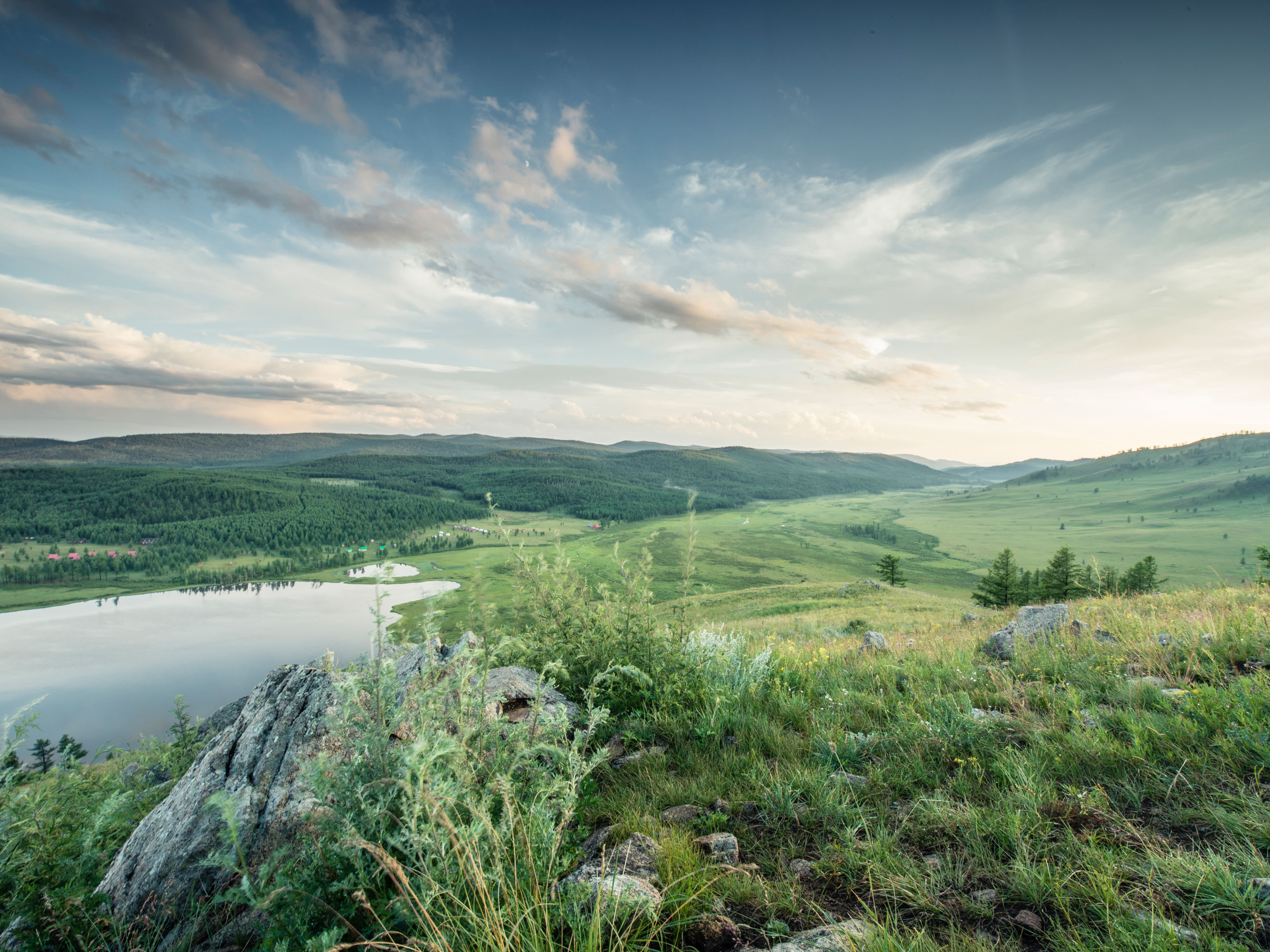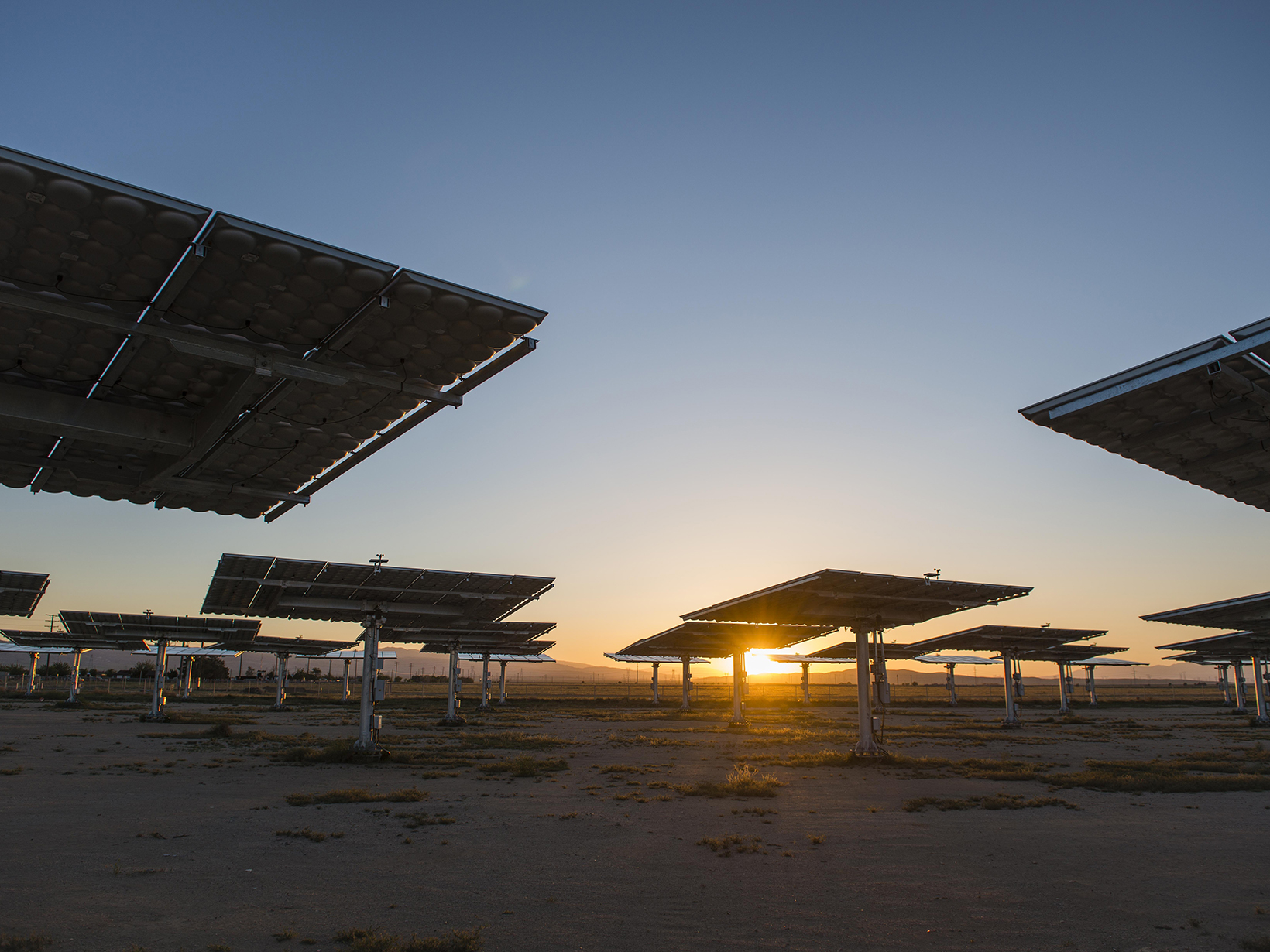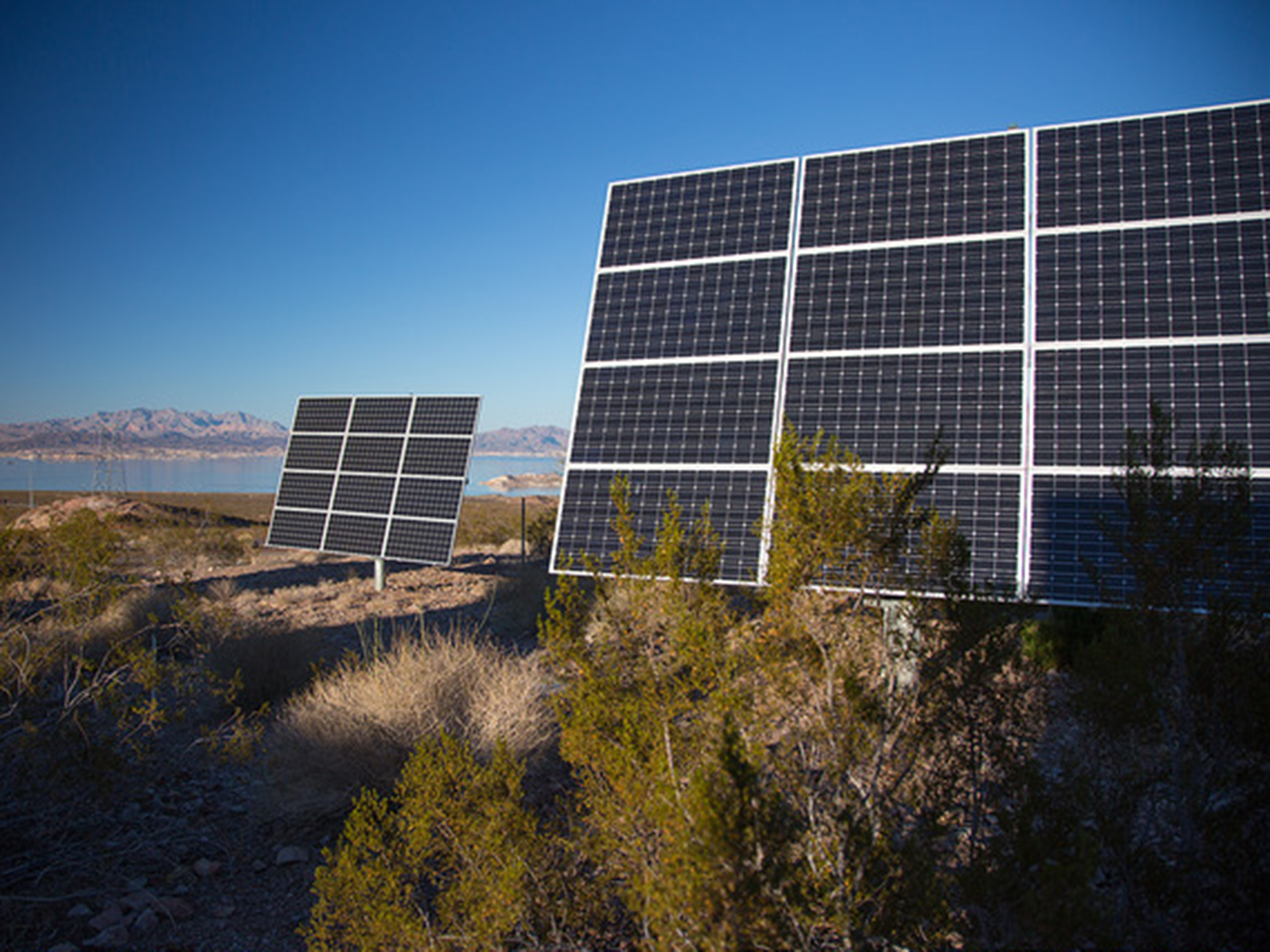Note: This is the second article in a series on “energy sprawl,” the conversion of new land for energy production. Read the first installment here.
A mysterious and untimely death is not what first comes to mind when I think about wildlife conservation. But the death of conservation ranger Lkhagvasumberel (Sumbee) Tumursukh, who worked with the Mongolian Snow Leopard Conservation Foundation, is a mystery indeed.
Sumbee was a promising young researcher; originally from the water-rich Khuvsgul province of Mongolia, he had taken to the arid lands of the Gobi desert, where he worked, as his second home. His body was found November 11, 2015, in Lake Hövsgöl in his home province, and his death was ruled suicide-by-drowning.
But some are not satisfied with that finding. And whatever the ultimate cause of his death, over the past two years Sumbee had been attacked on at least three separate occasions by individuals fighting his attempts to enforce protected area laws at Tost Uul, a mountain range in the Altai Mountains in the Gobi Desert.

The High Stakes of Land Use Conflict
In my previous piece on energy sprawl, I focused on the tenuous balance between energy access and conservation, especially in regards to renewables like wind and solar with large land footprints. But all forms of energy development can produce conflict. In Mongolia, this manifests as a struggle between mining and conservation. The Tost Uul area boasts both wildlife and mineral riches: its steep slopes are home to Argali and Ibex, the top prey of snow leopards, but the mineral wealth beneath the surface also leave it criss-crossed with mining leases.
Around the time that Sumbee was attacked, the move to make Tost Uul a national protected area was gaining traction. Tost Uul was already a “local protected area,” but national designation would bring additional management restrictions and a level of permanent protection that would require an act of parliament.
Due in large part to the support of the local community, in 2016 Tost Uul and its surrounding area—1.6 million acres, an area larger than the state of Delaware—received national protected status. The elevated status would make developing the area’s mineral resources difficult, if not impossible.

The Perfect Recipe for Conflict
Unfortunately, similar conflicts are playing out all over the world. The world population is predicted to approach 9 billion by 2050, with global demand for energy, food, minerals and other resources skyrocketing as a result. Unsurprisingly, the development required to meet these demands is likely to have significant impacts on the natural systems that support both human and wildlife populations.
Sprinkle in threatened and endangered species and local communities whose livelihoods, health and well-being depend directly on the services that flow to them from nature; stir in countries trying desperately to provide for people living in poverty and companies making huge investments to develop natural resources; bake all of this into a regulatory process that often separates how and by whom decisions are made about development and conservation—what you have is the perfect recipe for conflict.
We can’t strike the right balance between development and conservation, and avoid conflicts between competing interests, unless we become proactive in our planning—we need to better understand where and how development is likely to happen and what and where we need to conserve. But development planning is largely a reactive process. We’re currently developing the world like builders working without a blueprint—there’s no master plan or vision to guide us.
I can’t know what ultimately happened to Sumbee, and I obviously don’t condone the attacks perpetrated against him—but I can understand how the system in place leads to fear and frustration. Companies seeking to develop natural resources often invest huge sums of money to purchase exploration leases and investigate whether there are economically viable resources available, and then they pay additional fees to secure development permits and conduct the Environmental Impact Assessment (EIA) process.
But the EIA process is largely inadequate for identifying potential conflicts between conservation priorities and development objectives in a proactive way. EIAs typically occur at a small spatial scale and only in reaction to interest in a particular development proposal.
In Tost Uul, the companies in question were granted development licenses by Mongolian Ministry of Mining and Mineral Resources, while at the same time the protected areas designation was under consideration by the Mongolian Ministry of Environmental and Green Development—obviously with limited coordination. This demonstrates why the reactive nature of the EIA process is a problem; it doesn’t allow for the opportunity to jointly evaluate and meet conservation and development goals, setting the stage for conflict.
Baking a Better Plan
In our new book, Energy Sprawl Solutions, Dave Naugle and I lay out what we think is the recipe to help avoid this type of conflict. The key ingredient to the potential success of this approach lies in its timing. By working proactively, priority conservation areas and recommended conservation practices are identified at the beginning of the project life cycle—before investments are made and licenses granted.
Two important outcomes can be achieved from understanding biodiversity and important ecosystem values and the recommended practices to minimize impacts of proposed development before development licenses are granted. First, this enables companies to avoid impacts to the most valuable ecological resources, and where development must proceed, to include guidelines, policies, and requirements for environmentally-conscious practices in contractual documents.
Second, this enables companies to help all parties involved manage the environmental and economic risks from development and inform decision-making processes so as to optimize the achievement of the multiple objectives in our working landscapes—before ecological values are irretrievably lost and before livelihoods are profoundly and negatively impacted. Making this investment up front will, in the long term, help secure financial investments and hopefully reduce conflicts that lead to violence.
Planning in Action
The Mongolian government has embraced proactive planning, enacting the framework we’re advocating for into law and committing to protecting an impressive 30 percent of the country. There has already been real progress on that commitment; in roughly the last five years, the government has designated 150,000 square kilometers of new protected areas—an area approximately the size of the country of Nepal. This clear determination of conservation priorities should help avoid land use conflicts like those seen in Tost Uul.
Still, there needs to be a thorough investigation into Sumbee’s death. A lack of transparency around what actually happened could impact the security of those committed to protecting and conducting research in Mongolia, and ultimately affect tourism there. When it comes to avoiding land-use conflict, the stakes could not be higher.
Originally Posted on National Geographic
July 19, 2017
View Original
Global Insights
Check out our latest thinking and real-world solutions to some of the most complex challenges facing people and the planet today.


